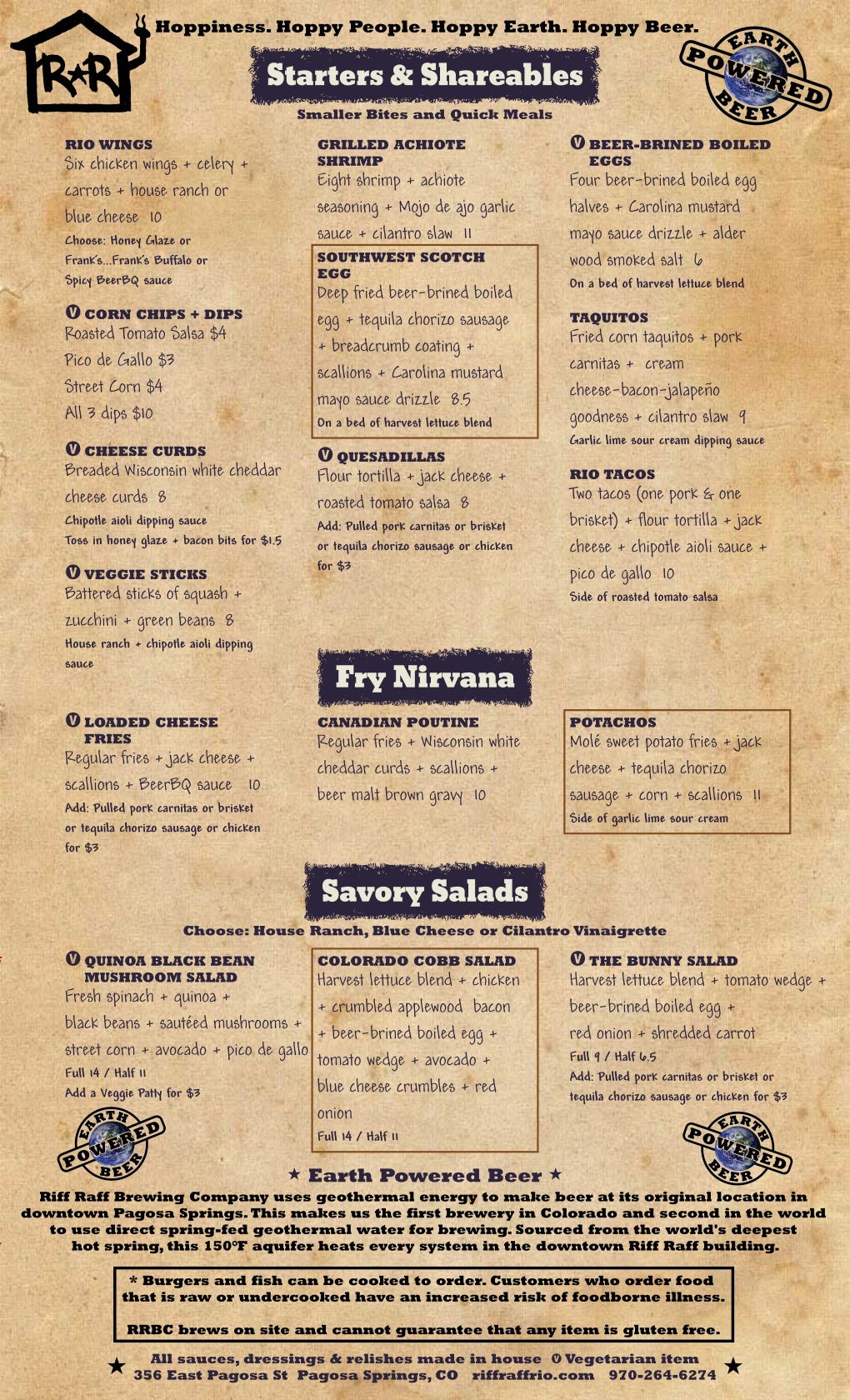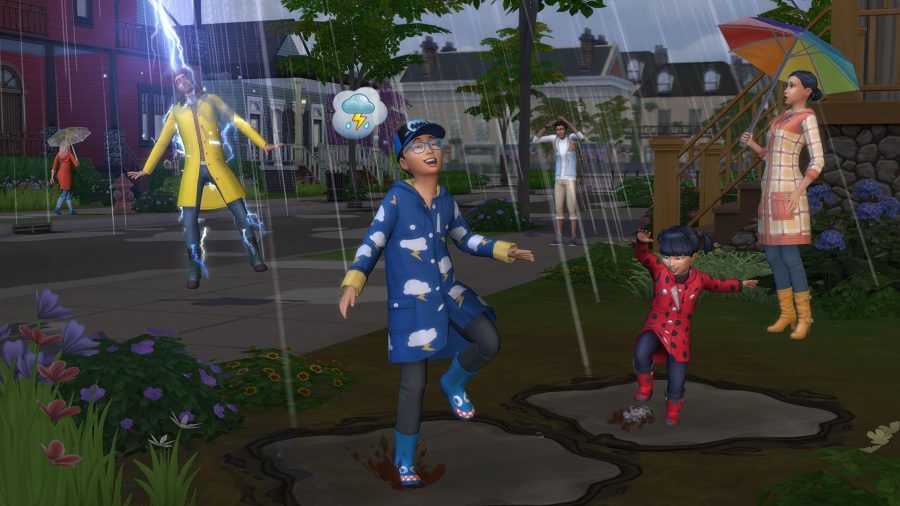How To Make A Riff
: Riffs are the backbone of rock guitar music. They're the nifty musical devices that are responsible for fish-hooking you into a tune and can lift a song's status into iconic territory.Whether they last for just a single bar, like Bon Jovi's Livin' On A Prayer and Guns N' Roses' Sweet Child O' Mine, or they hold on for two bars or more (think Deep Purple's Smoke On The Water and Blur's Song 2), riffs are characteristically powerful. Unless you choose to impose them, they have no limits either - why not stretch to four bars? It worked for The Darkness on I Believe In A Thing Called Love and AC/DC's Highway To Hell.In order to get your riff-writing juices flowing, you'll need to do some groundwork, which is where this feature comes in.
- Get chords for any song in perfect sync with music. Guitar, Bass, Ukulele, Mandolin and Piano.
- Once you have become comfortable with using these ideas in your rhythm guitar playing, you will be able to make creative guitar riffs any time you pick up the guitar: 1. Create multiple guitar riffs by using the rhythm of just one. Focus specifically on the rhythms of the notes you are playing.
During this lesson, you will learn the basic scales and chords that will help you construct your own riffs.Once you've got these safely in your arsenal, we'll take you through how you can develop short riffs into longer musical ideas, leaving you well equipped to set about writing your own riff-laden songs. Step one: nail the minor pentatonic scaleOne of the most popular (and easiest) scales to create riffs with is the minor pentatonic scale. Everyone from Jimi Hendrix and Eric Clapton, through to modern masters like Alex Turner and Jack White have used it.Example one shows two patterns of the E minor pentatonic scale. The first pattern of the scale is the most common so learn it off by heart. While the second scale pattern is less common, it's used a lot in rock and metal music and you can develop it right up to the top end of the fretboard to create more dynamic riffs and licks. This means you will have more scope for using bends, slides and vibrato - all the elements that add character to your riffs.Example two shows a riff that uses the second pattern of the E minor pentatonic scale.
On your first go, play the riff without the slides or vibrato. Now add them into the riff and you'll be able to hear just how much these techniques add to a riff's effectiveness.Another common device, particularly used in blues, is to take a riff and move the fretboard pattern to another starting note. Example three shows a simple minor pentatonic riff that moves to follow an eight-bar blues pattern.Example one: E minor pentatonic scale in two positions. Example 3 tabAside from bar five, each riff is in the same fretboard position but starts on different strings. The trickiest part is bar five where the riff starts on a fretted B note and has no open strings to help you.
How To Make A Riff Off
Play the whole bar with either your first and third or your first and fourth fingers.(right-click to download) Step two: add powerchord combosPowerchords are an essential tool for riff writing. The master of metal riffage, Tony Iommi, has relied heavily on the humble powerchord throughout his career, as has Green Day's Billie Joe Armstrong.Example four shows you all the powerchords in the key of E minor. Example five is an E minor powerchord riff to show you how you might use them. Try writing your own riffs by using different combinations of these chords and play them in different rhythms.Don't be afraid of getting it 'wrong'; it's a case of practice makes perfect. Spend a while experimenting and in less time than you think you'll be writing riffs you like the sound of.Example four: powerchords in E minor.
Example 5 tabThis two-bar riff is fairly easy to play, but make sure you mute the guitar with your picking hand after each of the powerchords to keep the sound tight and clean. These silences are indicated in the notation with rest symbols.(right-click to download) Step three: experiment with structureOne of the most popular types of riff is the '3+1'. The 3+1 is often associated with Metallica and has been emulated by countless other bands including Killswitch Engage, Bullet For My Valentine, and Avenged Sevenfold.A one-bar riff is repeated (yep, you guessed it) three times and then the fourth bar is a new phrase that nicely rounds off the riff ready for a repeat. The finest example of this type of riff is Metallica's Enter Sandman. Try using combinations of examples one and four to create your own 3+1 riffs as we have done in example six.Example six: E minor 3+1 riff.
Learning guitar scales prepares you for the fun of playing riffs and solos. If you know your scales but you don’t know how to take the next step, try one of these tips from James WYou have 7 notes to choose from and the following 7 steps will help you in ways you cannot even predict.
In part one, I will give you the three golden rules for writing guitar riffs straight out of classic rock: First, choose a rhythm. Second, choose a scale. Third, noodle until the magic appears. ‘First, choose a rhythm. Second, choose a scale.
Most guitar players learn the basics such as the 5 basic major scale patterns in G major and go on to learn them in the other major keys as well. Perhaps you know what a pentatonic scale is in these keys by now, and you’re ready to take the next step.After you have learned these guitar scales all over the neck you have a roadmap that is both clear and useful, but you may be at a loss as to what to do with them. Simply playing the patterns in time with your drummer or metronome does not make it sound like music with a capital “M”.
How do you write and create convincing solos? Take heart because I have the answer for you!Step 1. Target The NoteStart by targeting the notes that are the basis of the key the song is in.
For instance, if you’re playing in the key of G Major, playing the G Major scale in different positions on the neck is fun, so you target the note G in different spots on the neck. It is like connecting the dots. Now move the scale up a whole step to the fifth position on the neck but still target the note G.
This is a good idea as it frees you up to improvise. Move the Basic Scale PatternsClose your eyes and visualize the neck of the guitar and play freely.
When you find a pattern you like, move it up a whole step. The reason this works is because there is only two notes difference between G Major and A Major. You will very quickly see that this is both fun and exciting as it opens up new possibilities in your playing to express yourself.
If you hit a wrong note simply remove it from your solo or riff idea or slide into the next note using the “wrong note” as a grace note or passing note. Listen carefully for what sounds good.Step 3.

Give The Notes NumbersWe give each note of the scale a number. For instance in C Major C is 1, D, is 2, E is 3, and so on.
Now it is time to begin by playing with the idea of assigning number patterns to each scale and moving the order of the notes around. For instance you might start by playing 1, 3, 5, 2, 1. Then mix it up.
Your ears will tell you what works.Step 4. Make Your Guitar SingMany of my friends and students ask me: how do you make the guitar sing?
I like to sing or hum a melody out loud first and then find those notes on the neck of the guitar. It is also useful to go to the piano and find the notes in the scale of G Major or whatever key the song is in.
This can be done after turning them into avampire, spirits that can haunt players and also creature that can steerthe game story into its unexpected territory. In this way, they are already givencomprehensive and advanced hint about the possible changes that mighthappen in the game. The expected expansion pack is expected to be a bigchallenge to all the players as it can greatly motivate and inspiresthem to perform some techniques and tricks in the game making it morefun and exciting for them.Potential Expansion Packs of the Game RevealedNone of these expansion packs are confirmed since these are just partof the official plan but most of the surveys suggests that theexpansion of the game can effectively and conveniently make it moreexciting and amazing for all the players. It also provides playersthe capability to immediately assemble monsters that may come into theirlife.These expansions are considered to be an exciting and thrillingchange to all Sims 4 players.  This is to leverage the gameinto something different and more exciting one.
This is to leverage the gameinto something different and more exciting one.
Then sing the melody by picking the notes out on the piano and then transfer it to your guitar! This not only makes your solo more interesting but it helps you improve your ear and song arranging skills at the same time.Step 5: Riff This WayA riff is a short idea played on the electric guitar that locks in with the beat. Joe Perry of Aerosmith successfully uses riffs to make songs really appeal to his fans. Listen to “Walk This Way” by Aerosmith and you will hear how Joe’s riff makes the song great and propels it forward.
A great riff can even double as a “hook” that keeps us coming back to the song again. The rule is learn your favorite riff from a song you love to play along to. Take your time and play it correctly even if it takes several days or weeks to master it.Step 6: Hammer on and Pull OffUse techniques like sliding into a note, hammer ons, and pull offs to increase your tempo with grace and ease.
Have your show you how to do this if you are not familiar with the technical aspect of playing hammer ons and pull offs. You don’t have to get it all in one day. Be adventurous and take chances. If you are not on stage it doesn’t matter if you hit a wrong note as this is part of the learning process and good ear training.
Next time you have a great idea record it into your iPhone. It may be a million seller and bring joy to everyone in the world.Step 7: Rap to The BeatIf all else fails do this: Rap to the beat. Choose some grunting noises or three or four of your favorite words and rap to a drum beat loop on your laptop. Now transfer your rap/grunt sounds to the guitar using any notes you like in first position on the neck.You are now a successful Riffmaster! Opening up to new ideas and new ways makes you a successful learner and guitarist all in one. Never underestimate your ability to learn something new and add it to your list of cool things to do on guitar.James W. Teaches guitar, singing, and acting lessons in Jacksonville, FL.
He specializes in teaching pop, rock, and modern country guitar styles. James has been teaching for 10 years and joined the TakeLessons Team in 2010.